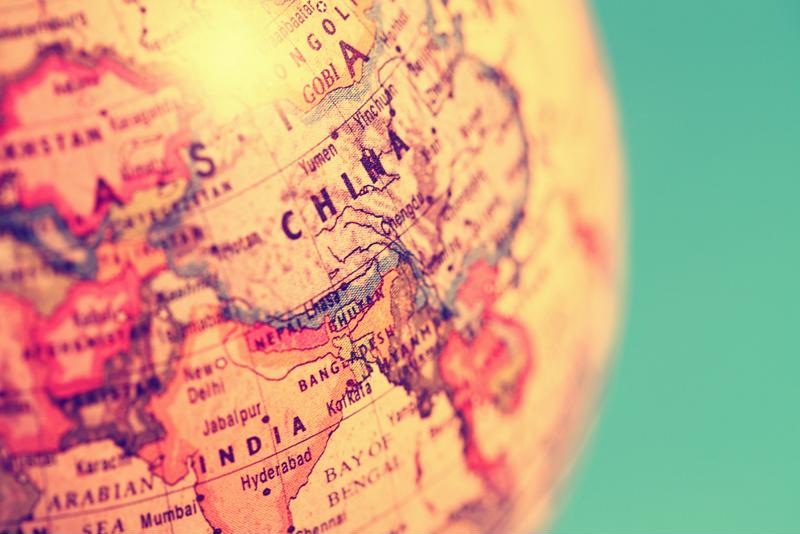Numerous setbacks have befallen West Coast ports in recent years, and now facilities along the Pacific Ocean are facing a new obstacle: adapting to bigger ships.
Drewry's Container Insight Weekly feature noted that West Coast ports are not prepared for regular calls from 18,000 twenty-foot-equivalent unit (TEU) capacity vessels. As ships grow larger to make movement of cargo more efficient, and channels such as the Panama Canal make adjustments to prepare for the massive vessels, ports will have to find their own ways to adapt. It seems, at least according to Drewry, ports on the West Coast have yet to do this.
"Introducing too many ultra-large container vessels (ULCVs) to the West Coast ports before they are fully ready would most likely worsen productivity, rather than improve matters, and could add days to the load and discharge time for boxes at terminals, thus undermining the West Coast's competitiveness versus the East Coast," the research and advisory organization noted.
"West Coast ports are not prepared for 18,000 TEU vessels."
Massive ships becoming more common on trade routes
Ships running the routes between Asia and the West Coast have been steadily increasing in size, and Drewry pointed out that, to a point, the West Coast has been able to accommodate the larger capacity vessels. However, these ports' ability to handle ships larger than 14,000 TEUs have not been tested. Up until recently, ships around 18,000 TEUs had only been used for trade between Europe and Asia, but as the world adapts to growing capacities, West Coast ports may have to make changes so that they too can handle regular calls from these ULCVs.
The struggles ports along the Pacific have faced recently may be, at least partially, why they have yet to make changes to adapt to the growing presence of these large ships on trade routes. The dispute between the Pacific Maritime Association (PMA) and the International Longshore and Warehouse Union (ILWU), which ended earlier this year, hindered operations at the Ports of Los Angeles and Long Beach, among others, through the latter half of the lengthy negotiations.
The massive congestion that plagued West Coast ports as the negotiations between the two organizations moved slowly toward a conclusion demanded attention, potentially drawing resources away from things such as brainstorming adaptations for handling ULCVs. At the very least, there's a chance the distraction slowed down any potential efforts to help ports prepare for the increasing capacities of ships.
 ULCVs may become more common along trade routes connecting Asia with the West Coast.
ULCVs may become more common along trade routes connecting Asia with the West Coast.Port of Los Angeles to receive 18,000 TEU vessel
Despite West Coast ports' apparent collective inability to handle ULCVs, the Port of Los Angeles will be receiving an 18,000 TEU vessel. The ship, the Benjamin Franklin, will be the largest ever to call on a U.S. port. Drewry called the pending arrival of the vessel a "public relations exercise." The ship's carrier, CMA CGM, will soon be a much more significant player in the trans-Pacific market. Hosting its recent acquisition, the Ben Franklin, is a positive news story for the Port of Los Angeles, which has seen its fair share of bad headlines since the now-concluded PMA-ILWU negotiations began.
Drewry suggested improvements such as terminal automation to help West Coast ports prepare for larger vessels, but noted that because of a lack of union flexibility, these changes may not be in the cards anytime soon. However, as the ships used along trade routes grow progressively large, facilities along the Pacific will likely eventually have to adapt to the changes.